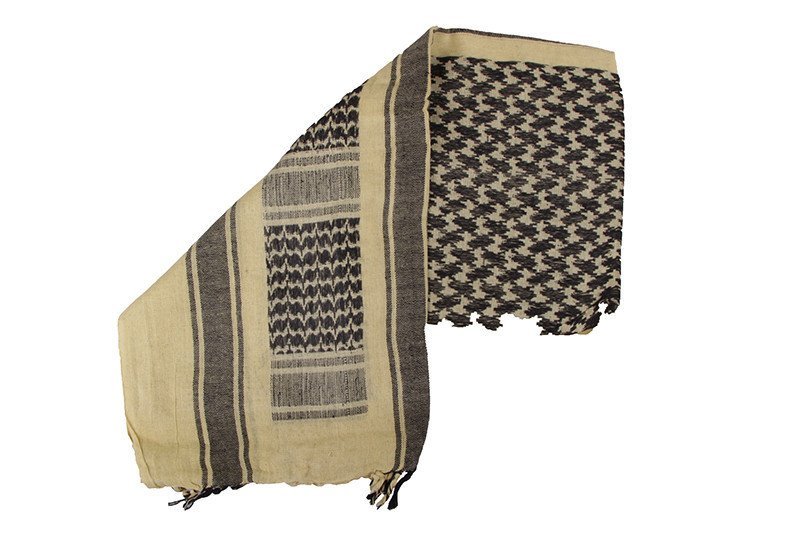- Wykonanie: 100% bawełna Gramatura: 175gms Rozmiar: 120 x 120cm Waga: 170g Kolor: piaskowy Kraj pochodzenia: Pakistan
The product does not constitute ballistic protection and has no other protective properties. It is not intended for use in protective purposes, including during tactical/war/ASG games.
The use of the product for ballistic protection and/or for other protective purposes, including the use during tactical/war/ASG games, is the use of the product contrary to its intended use, in which case the buyer does so solely at his own risk.
The vendor is not liable for damage to the product, that might result from the use of the product contrary to its intended purpose, this also applies to all possible health consequences (bodily harm) for the user (buyer) or damage to property. Moreover, a misuse of the product will void the warranty on the product.
The vendor is liable to the buyer under the warranty for product defects (in the event of such defects) only if the buyer/user uses the product for its intended purpose, i.e. for purposes other than protective purposes, including the use during tactical/war/ASG games.
The lack of any protective properties of the product is a feature, not a product defect, and therefore it does not constitute a physical defect of the product within the meaning of the Polish Civil Code.
Arafatka
Arafatka produkcji GFC Tactical wykonana została z wysokiej jakości bawełny i wyprodukowana w Pakistane. Dzięki zastosowanej gramaturze bawełny rzędu 175 gram na metr kwadratowy, idealnie nadaje się do używania tak w okresie letnim, jak i - po złożeniu - w chłodniejszych okresach roku.
Arafatka, znana również jako kefija, to tradycyjne arabskie nakrycie głowy - kwadratowy kawałek materiału, przeważnie bawełniany, złożony i owinięty w różny sposób dookoła głowy. Stała się "znakiem firmowym" Jasera Arafata, którego trudno było ujrzeć, a co dopiero sfotografować bez tej charakterystycznej chusty. Nosił on kefiję w sposób tradycyjny, ale także zawiązywał sobie drugą na szyi.
Z wielu różnych powodów, amerykańscy i brytyjscy żołnierze podczas wojny z Irakiem i późniejszej jego okupacji, często byli fotografowani i filmowani z kefijami na szyjach. Najczęściej były one koloru khaki i z czarnym wzorem. Powodem tego mogły być próby zjednania sobie arabskich mieszkańców, jak również względy praktyczne. Najczęściej spotyka się obrazy żołnierzy noszących kefije złożone w trójkąt i zawiązane wokół szyi. W ten sposób chustą można zakryć nos i usta, co w połączeniu z goglami lub okularami zapewnia doskonałą ochronę przed piaskiem pustynnym, kefija na szyi miała także zapobiegać jej otarciom od kołnierza kamizelki kuloodpornej.

